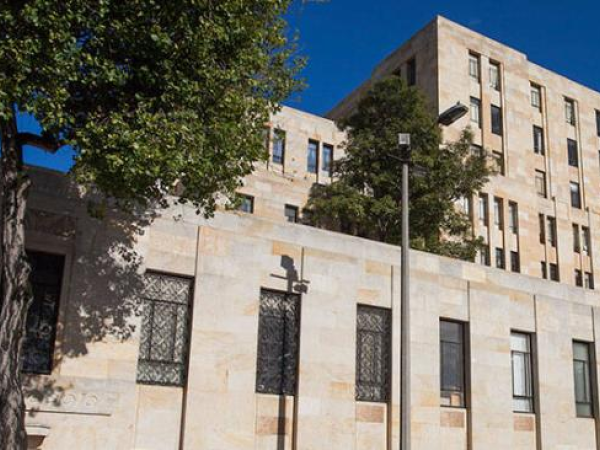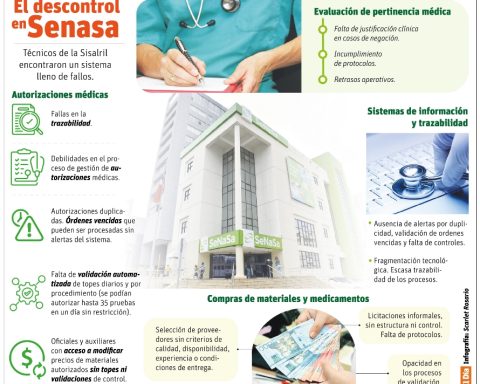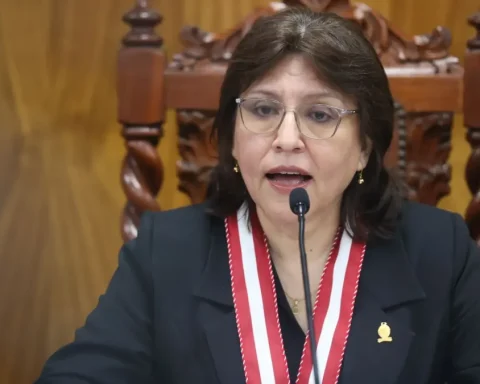If there is a term that characterized the management of the Petro government throughout the year 2024, which ended this week, it is “fiscal squeeze”, which is derived from the need that the Ministry of Finance had during this term to adjust to the realities of expense left by income projections that were not met and the marked slowdown that affected aspects such as tax collection.
The overestimation of the Dian’s capabilities, the fact that the arbitration and litigation law was not finalized and having advanced some taxes such as income during 2023, generated a perfect storm for the Nation’s coffers, which led to the cutting of spending by $28 billion that was made around October and the management given to the Annual Cash Plan (PAC) during the second semester.
More news: Sincerity and reactivation: future priorities for the economy
Although the Government apparently complied with the fiscal rule and avoided a crisis scenario last year, said period would have closed with the pot scraped and taking the National Treasury Deposits to their lowest point of the second semester, surpassed only by the alert level experienced at the beginning of May.
Portfolio reviewed the behavior of the availability of the National Treasury as of December 20 and confirmed that these deposits, which in simple terms serve to know how much money the country has in its accounts at the Bank of the Republic, were on that date in $4.1 trillion, a level that marks a decline of $5.7 trillion compared to the $9.8 trillion that was available for that same period in 2023.
Ministry of Finance and Public Credit.
Photo: CEET – Néstor Gómez
This amount began December at around $13.7 billion, Therefore, it can be said that the drop in the Government’s liquidity at the end of 2024 was $9.6 trillion, more than 69% in less than a month. Although the Bank of the Republic has not yet revealed the balances for the last two weeks, statistics from previous years show that this indicator does not usually rise in that period.
“On Friday, December 20, the balance of the DTN’s availability in the Bank of the Republic was $4,099.6 mm, which represents a decrease of $1,750.9 mm compared to Friday, December 13, 2024. During the week it maintained an average of $7,253.4 mm. , that is, $99.7 mm more than the previous week,” the Issuer reported.
On the other hand, it must also be said that these deposits had a slight improvement towards the 18th of the same month, when it reached its second highest point of $9.4 billion, surpassed only by the $16.0 billion that it showed on December 3. After that it began to fall to the levels already mentioned.
Other information: Petro defends the increase in the UPC for 2025: ‘Did it seem like a little bit?’
The mentioned levels are an alert for the market if it is taken into account that they are the second lowest since the first week of May, where this indicator managed to fall to $2.3 trillion, its lowest point of the current century. Normally for those moments, the resources in the State’s treasury should be in the order of between $9 billion and $11 billion, making it clear that the cash squeeze continues.
If you take into account that just over a month ago (end of October)the Nation’s accounts were at $26.8 billion, their best point of the year, although below the average, it can be said that during November the relief that the resources that normally come from tax declarations brought to the State treasury were lost. rent.
Due to this, the Government is once again on the ropes, since the money it has to implement the social programs it planned is limited and it is left with no room for maneuver for strategies beyond the budget cuts and under-execution that already exists. is being implemented.

Economic recession
PHOTO: iStock
Structural measures
The same Autonomous Fiscal Rule Committee has spoken on several occasions on this issue, warning that “the availability of cash in pesos has remained below its historical average throughout 2024 and at the close of November stood at $13.7 trillion, near the all-time low for November since 2012.”
Also read: 2024 closed with progress close to 90% in 4G projects in Colombia
Based on arguments like this, the CARF indicated a few weeks ago that it is necessary to cut it to levels lower than those in 2022, if fiscal stability is to be recovered and cash squeezes left behind.
“A fiscal adjustment of $52 billion (2.9 points of GDP) is required to comply with with the fiscal rule regarding the PGN 2025. This year’s final fiscal indicators will impact the situation in 2025. The gap between the expected collection and the 2024 tax revenue goal, which was used to program the PGN 2025, translates into a lower income base compared to what had been projected,” they stated.

Colombian pesos.
Weather Archive
If this adjustment is applied, next year’s Budget would be $472 billion, below the $503 billion in 2024 and slightly above the $405 billion that was managed in 2023. This, without overlooking the large amount of expenses inflexible that the Nation currently has and that next year the pension reform will come into play and the SGP reform will be regulated.
Although the Ministry of Finance is aware that it is necessary to adjust next year’s spending accounts, it only recognizes a deficit of $12 billion that, contrary to analysts’ recommendations, will be postponed and not cut from the 2025 Budget, which is why it is They remain alert about what will happen with this norm in the Constitutional Court, since it would violate the principle of fiscal stability.
















